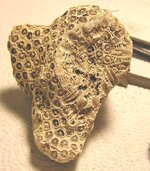Bev
Sr. Member
Large rock found in woods, meteorite? Coral? SOLVED
Here is a large rock I found in the woods in Rhode Island. It weighes 15 pounds exactly and feels like a coral consistancy. I have a few pics to show actual size. I also scratched it with a white porcelain tile that someone gave me to test for meteorites and it did not leave a mark on the tile.
I hope that is enough information for you all.
Thank you
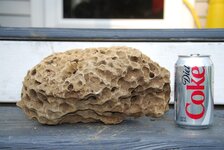
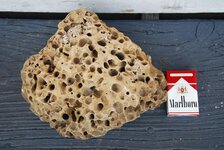
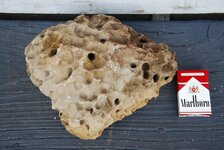
Here is a large rock I found in the woods in Rhode Island. It weighes 15 pounds exactly and feels like a coral consistancy. I have a few pics to show actual size. I also scratched it with a white porcelain tile that someone gave me to test for meteorites and it did not leave a mark on the tile.
I hope that is enough information for you all.
Thank you



Last edited:



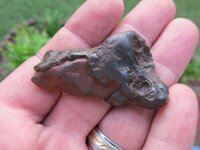
![a9a3c8bcedcef551530860865486f980[1].jpg](/data/attachments/645/645830-76a17448ab9108e602bf2395ffb3773d.jpg)
![phosphate[1].jpg](/data/attachments/645/645833-42ed7f53d0e2bdfe8bfbd185ceba4e8b.jpg)

